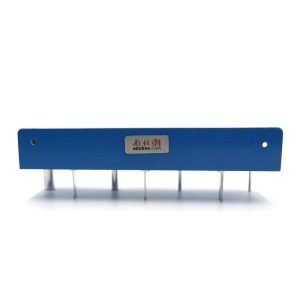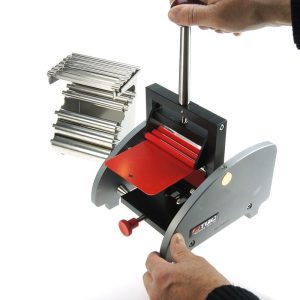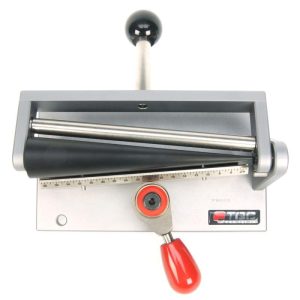The flexibility of the film was determined by 3 methods in detail
The flexibility of the film refers to the comprehensive embodiment of multiple properties such as elasticity, plasticity and adhesion displayed by the film when it is subjected to external forces. This performance is critical to the performance of the coating in a variety of environments and applications. Flexibility is determined by the composition and material of the paint, but also related to the coating deformation rate and time during testing, and can also be assessed by impact resistance and post-formability.
The flexibility of the film is not only related to its durability during use, but also directly affects the appearance and performance of the product. Therefore, in the coating industry, the determination of flexibility is a crucial work. At present, the commonly used flexibility testing methods include shaft and bar tester testing method, cylindrical shaft bending tester testing method and cone bending tester testing method.
The flexibility of the film was determined by 3 methods in detail
Rod and shaft detector test method
Rod tester is a common tool used to determine the flexibility of coating film, and its standard is specified in the national standard GB/T 1731-93 “Paint film flexibility determination Method”. The method uses shaft rods of different diameters with curvature radii of 0.5mm, 1.0mm, 1.5mm, 2.0mm, 2.5mm, 5.0mm and 7.5mm, respectively. In the test, the painted tinplate to be tested is placed on the shaft rod of different diameters, and the flexibility of the coating is tested by bending. The smallest diameter of the shaft rod, so that the coating does not break after bending, its diameter of millimeters is the evaluation value of flexibility.

The flexibility of the film was determined by 3 methods in detail
Cylindrical shaft bending test instrument detection method
The testing method of the cylindrical shaft bending tester is specified in the national standard GB 6742-2007 “Bending test of paints and varnishes (Cylindrical shaft)”. This method is suitable for test plates with a thickness of less than 0.3mm and a wide range of shaft diameters, including 2mm, 3mm, 4mm, 5mm, 6mm, 8mm, 10mm, 12mm, 16mm, 20mm, 25mm and 32mm. During the test, the test plate is inserted into the shaft with the coating layer facing outward, and then the test plate is bent 180° in the instrument to observe whether the coating film cracks or peels. The advantage of this method is that the whole plate test can be carried out without direct contact with the coating, eliminating the influence of human body temperature on the test plate.

The flexibility of the film was determined by 3 methods in detail
Conical flexometer test method
The detection method of the conical flexure tester is specified in the national standard GB/T 11185-2009 “Bending test of paints and varnishes (Conical shaft)”. The central axis of the instrument is tapered and has specific dimensions, including length (203±3) mm, large diameter 38mm, and small diameter 3.1mm. During the test, the 75mm×150mm test plate is inserted into the fixed instrument, and then the test plate is bent by turning the upper handle against the cone shaft surface. Under sufficient light conditions, use a 10x magnifying glass or the naked eye to observe the coating for cracking or peeling, and then measure the distance from the thin end of the shaft to the last visible cracking, indicating the length of the cracking range on the test plate in millimeters.

Flexibility is one of the key indexes in the performance of the coating, which is directly related to the durability and service life of the coating. In order to evaluate the flexibility of the film, different test methods can be used, including the rod test method, the cylindrical shaft bending test method and the conical deflection test method. Each method has its own context and advantages, and choosing the right method depends on the type of paint, the field of application, and the specific requirements. Effective flexibility testing ensures that the film performs well in a variety of environments, protecting the substrate and extending the service life of the product.
